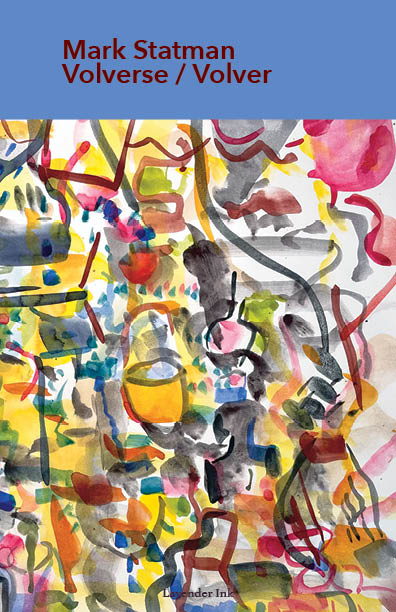
Part 2 MARK STATMAN: MEXICO AND THE POETRY OF GRIEF AND CELEBRATION
Part 2 of my interview with Mark Statman looks closely at Mark’s Latin American poetic influences, his life in Mexico and ends with an extract
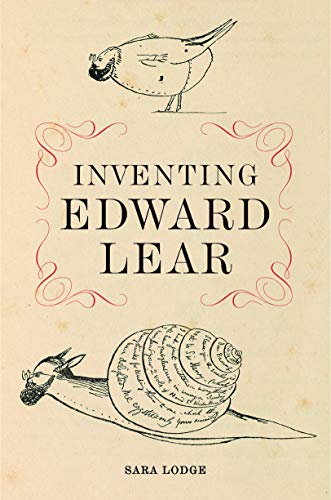
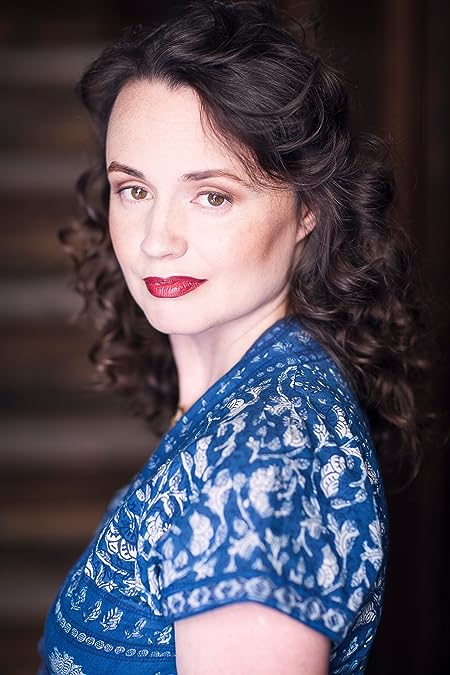
I interviewed Sara Lodge whose book about Edward Lear celebrates how “… he created an identity that allowed him to be funny and sad, to play straight and be queer at the same time.” In her interview Sara, who is the Senior lecturer at the School of English, University of St Andrews, also talks about the contemporary influence of 19th literature and culture. Sara, who is a painter, a jazz singer and short story writer, wrote ‘Inventing Edward Lear’ as her third book, and is currently researching women Victorian detectives.
Leslie: Tell us about the less well-known sides of Edward Lear that led you to write a book about him. What is deep and important about his themes and his creative work?
Sara: Edward Lear is now best known as a nonsense poet. But in his lifetime, he was better known as a painter, first of animals and birds, then of landscape. He was also a talented musician and composer. I wanted to write about the fact that all of his poems are really songs, which originally had music, and which he performed in mixed company. I became really interested in Lear’s musical background and influences. I was keen to bring out Lear’s performative side and to think about the ways in which he created an identity that allowed him to be funny and sad, to play straight and be queer at the same time.
Leslie: What were the most interesting and revealing anecdotes you came across about Edward Lear’s performances?
Sara: Lear used sometimes to perform to friends for over two hours at a time (!) He loved to sing and play the piano after dinner, sometimes in the moonlight. The drama comes across, as does the deep need that his performance conjured both in Lear and his audiences. Performance allowed him to socialise and harmonise across different social classes and to combine pathos with comedy. Often these qualities, in Lear, form an emotional feedback loop where what is absurd is funny, but can shade into tragedy – then tragedy can become hilarious again.

Leslie: How did you go about reconstructing Edward Lear performances? What were the difficulties and how did you (and others) overcome them?
Sara: when creating a concert series with songs that Lear sang, I particularly wanted to have the concerts in houses that – as we know from his diaries – Lear stayed in and sang at. So we performed at Ightham Mote in Kent and Gunby Hall in Lincolnshire, and at Gilbert White’s House in Hampshire. It was wonderfully atmospheric singing in rooms by candlelight in the exact place where Lear once sang his songs. I created a programme that went from Lear’s early work (spoofs of popular songs by Thomas Moore and Thomas Haynes Bayley) to musical versions of his limericks, then his evocative settings of Tennyson, and finally his longer nonsense songs. I hope people grasped the musical connections between these seemingly very different musical oeuvres. We know that Lear himself liked to improvise at the piano, modulating from impassioned ‘serious’ Tennyson settings such as ‘Tears, Idle Tears’ to comic songs (a bit like a modern jazz pianist). Often his songs in different moods are in the shared key of E – for Edward.
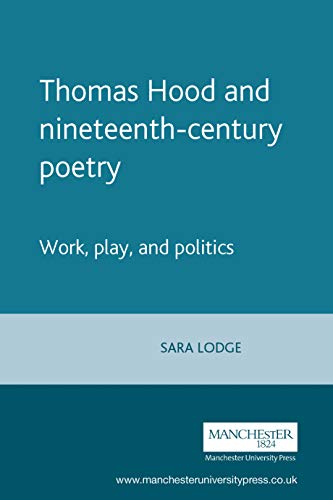
Leslie: What fascinates you about C19th literature and culture? What have been the most interesting hidden histories that you and others have uncovered?
Sara: I’m fascinated by the variousness of the Victorian. It’s such a long, winding, rich river to trawl: with all manner of unexpected, colourful and odd fish. When investigating Lear, I was thrilled to discover letters and pictures in private collections that had never been published before: a whole heap in a garage in Wales, among other places. Now, I’m writing a book about Victorian female detectives, in myth and reality. And that has also led me to uncover lots of surprising lives.
Leslie: How far are the Victorians part of the ecological, climate and equity problems we have today. and how far have we misinterpreted their legacy?
Sara: The Victorians were absolutely part of an environmental crisis rooted, as ours is, in gross inequality and corporate greed. Lear left Britain to live in Italy partly because he was asthmatic and couldn’t breathe the London air, with smog the colour of chocolate. He saw and bemoaned beautiful landscapes being built over by insensitive, profiteering developers. He didn’t face the kind of existential crisis that climate change poses now. But Victorians did imagine, via science fiction, what might happen. Richard Jefferies, for example, in After London (1885) considers how humanity might survive after a cataclysmic event such as apocalyptic flooding. In his vision, the factories of industrial society have been swept away, to be replaced by an agrarian society where humans live closer to the land and its wild creatures. Here’s hoping!
Next week I interview Smith Barry Berry about environmental action in Cameroon.
ABOUT LESLIE TATE’S BOOKS:

Part 2 of my interview with Mark Statman looks closely at Mark’s Latin American poetic influences, his life in Mexico and ends with an extract
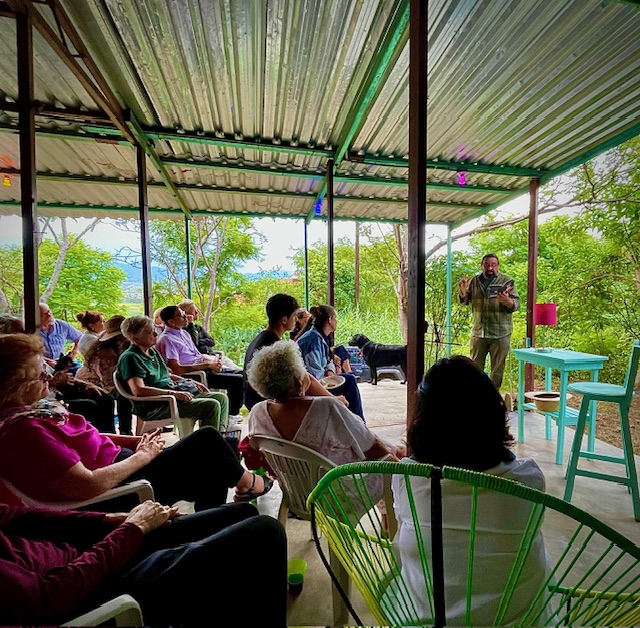
I interviewed international poet and translator Mark Statman about Volverse/Volver, his 14th published collection. Mark, who has won national arts awards, is Emeritus Professor of Literary

I interviewed Lisa Dart, finalist in the Grolier, Aesthetica and Troubadour Poetry Prizes and author of The Linguistics of Light (poems, Salt, 2008), Fathom (prose
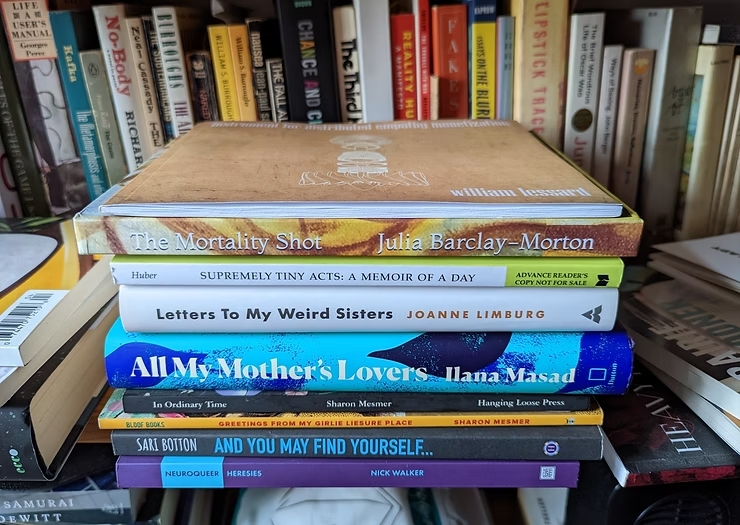
I interviewed writer Julia Lee Barclay-Morton about her experience of autism. Julia began as an experimental dramatist in New York, moving to the UK to

I interviewed Gillean McDougall from Glasgow, who edited the collaborative projects Honest Error (on Charles Rennie Mackintosh and his wife Margaret Macdonald) and Writing the
| Cookie | Duration | Description |
|---|---|---|
| cookielawinfo-checkbox-analytics | 11 months | This cookie is set by GDPR Cookie Consent plugin. The cookie is used to store the user consent for the cookies in the category "Analytics". |
| cookielawinfo-checkbox-functional | 11 months | The cookie is set by GDPR cookie consent to record the user consent for the cookies in the category "Functional". |
| cookielawinfo-checkbox-necessary | 11 months | This cookie is set by GDPR Cookie Consent plugin. The cookies is used to store the user consent for the cookies in the category "Necessary". |
| cookielawinfo-checkbox-others | 11 months | This cookie is set by GDPR Cookie Consent plugin. The cookie is used to store the user consent for the cookies in the category "Other. |
| cookielawinfo-checkbox-performance | 11 months | This cookie is set by GDPR Cookie Consent plugin. The cookie is used to store the user consent for the cookies in the category "Performance". |
| viewed_cookie_policy | 11 months | The cookie is set by the GDPR Cookie Consent plugin and is used to store whether or not user has consented to the use of cookies. It does not store any personal data. |